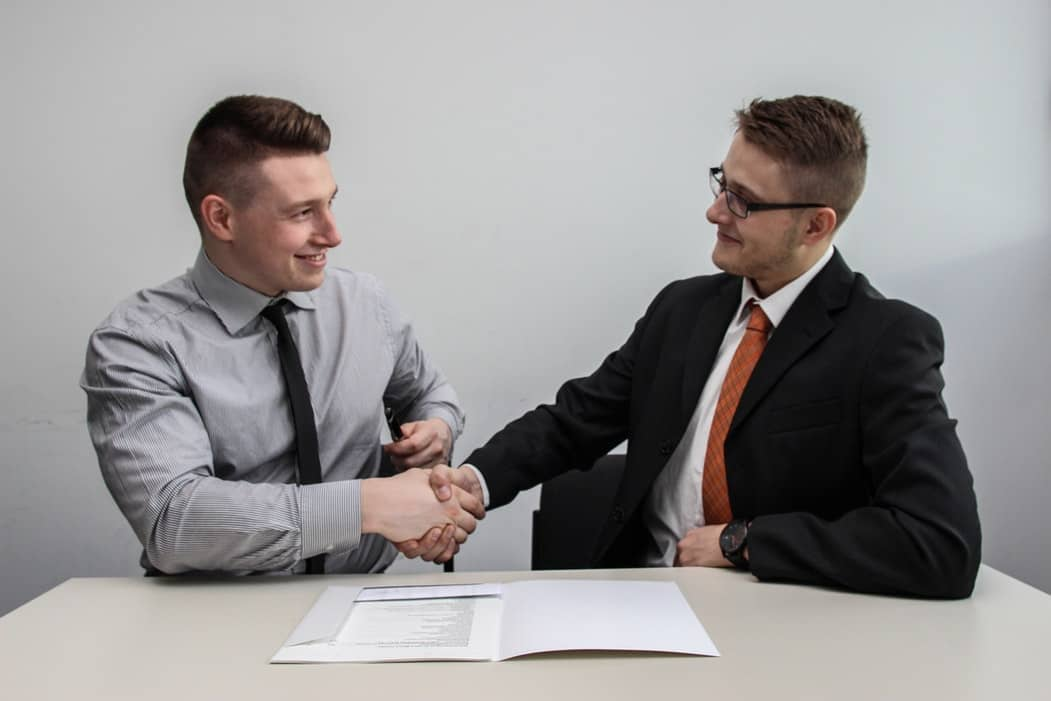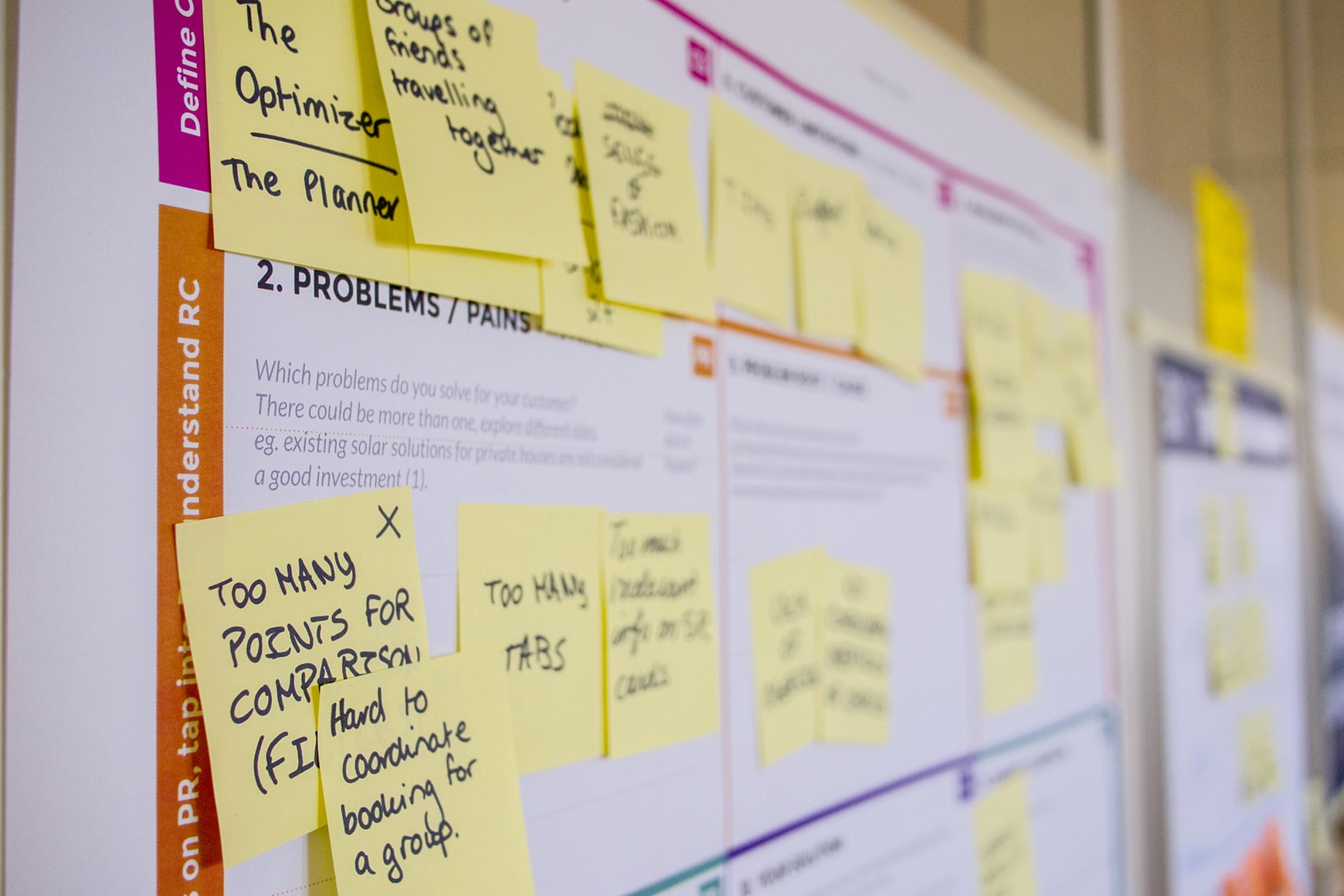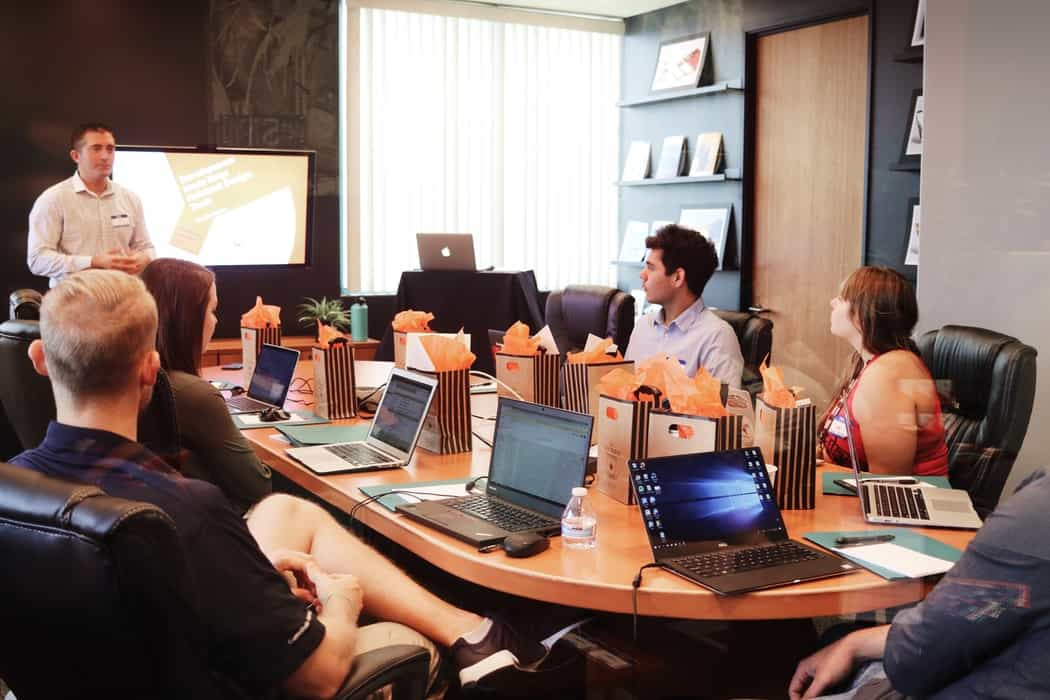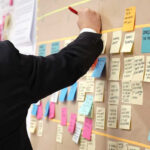There is the truth that finding fun and happiness at work is a factor to activities to increase collaboration the employees. Today, in many offices home team building games are often chosen to engage team members and opportunities for everyone to practice communication, cooperation and other essential skills at work. In-house teambuilding games are often preferred because they can be organized at the office of the company. Also, there is no need for a lot of rental costs, and It can be organized comfortably at any time. Here are some of the most popular in-house team building games today.
Game 1: Small Comedy team activities to increase collaboration
Space: indoor or outdoor
Goal: increase teamwork and creativity, train sensibility
Number of members: 6 people or more
Necessary tools:
– Large table (covered with tablecloth or cloth) x 1
– Paper x 2
– Pen x 2
Rules:
– Divide the group into 3-4 teams and give each team 1 sheet of paper and 1 pen
– Each team needs to think of performance with dolls for the whole group to see and a lesson from that play, paying attention to increase teamwork, each member must contribute to the show.
– Teams can shape dolls with anything found around them (hats, socks, gloves …)
After a period of time, each team will use the staging table and perform for the group
– At the end of the performance, ask the remaining teams to guess the meaning of the lesson from the play
– Defining winner based on the intensity of applause of all members after each performance.
Game 2: The tale never loses in the telling activities to increase collaboration

Photo by freestocks.org on Unsplash
Space: indoor or outdoor
Goal: the group must discuss to solve difficult tasks
Number of members: 4 people or more
Necessary tools: A lot of things (paper, quill, ice cream sticks, toy crossword …)
Rules:
– This game is very popular and there are many variations
– The game manager will create an objective work from the supplies provided (eg: a house from ice cream sticks …) and hide this objective
– Divide the group into 2 teams and give each team similar items
– The game manager described and used instructions on how to perform his work, the task of the two teams is to reconstruct the original. Note that each team must find ways to hide their work from the opponent.
– Once completed, the administrator presents the original, in the opinion of all “audiences”, the team with the most similar work will win. This game will be activities to increase collaboration.
Game 3: Wear your shoes

Photo by Jakob Owens on Unsplash
Space: indoor or outdoor
Goal: to build collectivism and overcome challenges
Number of members: 6 people or more
Necessary items: No
Rules:
– Divide the group into 2 teams
– Ask all members to take off their shoes and pile them up
– Each team stands in a circle around the shoe and holds hands
– Ask each of you to find your shoes, find a way to wear them as quickly as possible. Note that you only need to fully wrap your foot in the shoe, without tying it
– Team members who wear the fastest complete shoes will win. This game will be activities to increase collaboration.
Game 4: Cross the sea
Space: indoor
Goal: very good to practice teamwork and ingenuity
Number of members: 6 people or more
Necessary tools: Board or piece of paper (size 10 × 10 cm or more than 1 inch) x 10
Rules:
– Divide the group into 2 teams giving each team 5 pieces of board (the number of games is only enough to get halfway)
– Explain that both teams will have to move from the beginning of the room to the end of the room in the shortest possible time with the game rules:
– Use pieces of board that is played to step up and move.
– The board, when set down, will not be moved again (unless the team decides to start over and recall all pieces)
– Do not let any part of the body touch the floor, otherwise, return to the starting place
When you have boarded the board, you can only go forward and not return
– Let the two teams stand face to face, asking each team to come up with a plan to cross the room.
– At this time, both teams will try to move but certainly not and the number of games is not enough. Finally, both realize that they will meet in the middle and must cooperate to form a “bridge”.
– And the rules do not allow you to return, while both will move in opposite directions so you need to show cooperation to help each other across the shore.
– The fastest team to reach the other side will win.
Game 5: Cup Pyramids

Photo by Ryan Everton on Unsplash
Space: in the room or outdoors
Goal: practice patience, ingenuity and collective spirit
Number of members: 6 people or more (can be used for groups of 3 members)
Necessary tools:
– 10 plastic cups x number of teams
– Elastic band (must fit snugly) x number of teams
– 6 charge lines x number of teams
Prepare:
Cut the freight into small sections about 60-80 cm long
Column 6 sections of this charge into 1 elastic string with the distance between each segment equally (when completed will look like the sun with 6 sun rays radiating 6 directions)
Make each team 1 “Mr. Sun” as above.
Rules:
– Divide the group into 6-member teams.
– Give each team a stack of 10 plastic cups and 1 “sun”.
– Spread evenly and place all 10 plastic glasses on the table.
– The challenge for each team is to build 1 pyramid with 10 glasses (4 floors 1, 3, 2, 2 and 3 and the top floor).
– Note that team members should not touch the glass with any part of the body even when the glass falls to the ground.
– Each member must hold a piece of wire, stretch out 6 directions to create elasticity for the elastic band, then insert it into the glass and lift it up to build the pyramid.
– If the team has less than 6 members, the team members will have to hold more than 1 string (but the game will be easier).
– The team that builds the fastest pyramid will win. This game will be activities to increase collaboration.
Game 6: Octopus race
Space: in the room or outdoors
Goal: create cohesion among members and manipulate skillfully
Number of members: 6 people or more
Necessary items: No
Rules:
– Draw the “start” and “finish” lines 10 meters apart
– Divide the group into 2-3 member teams, allocate teams before the starting line, ask teams to sit on the ground and turn their backs on each other with your elbow on your elbow
– Each team will be an octopus
– The challenge for the octopus is to stand up without leaving each other’s hands then run to the finish line
– The first team to finish the match will win.














































